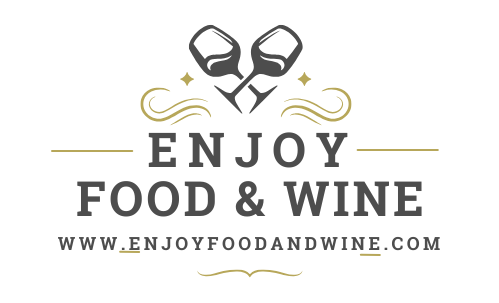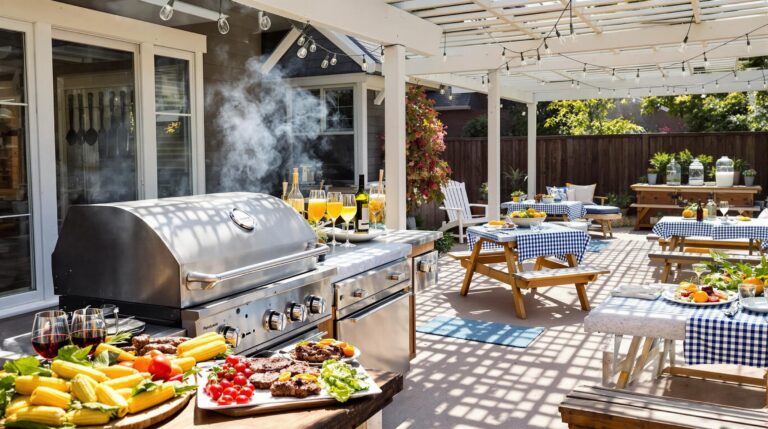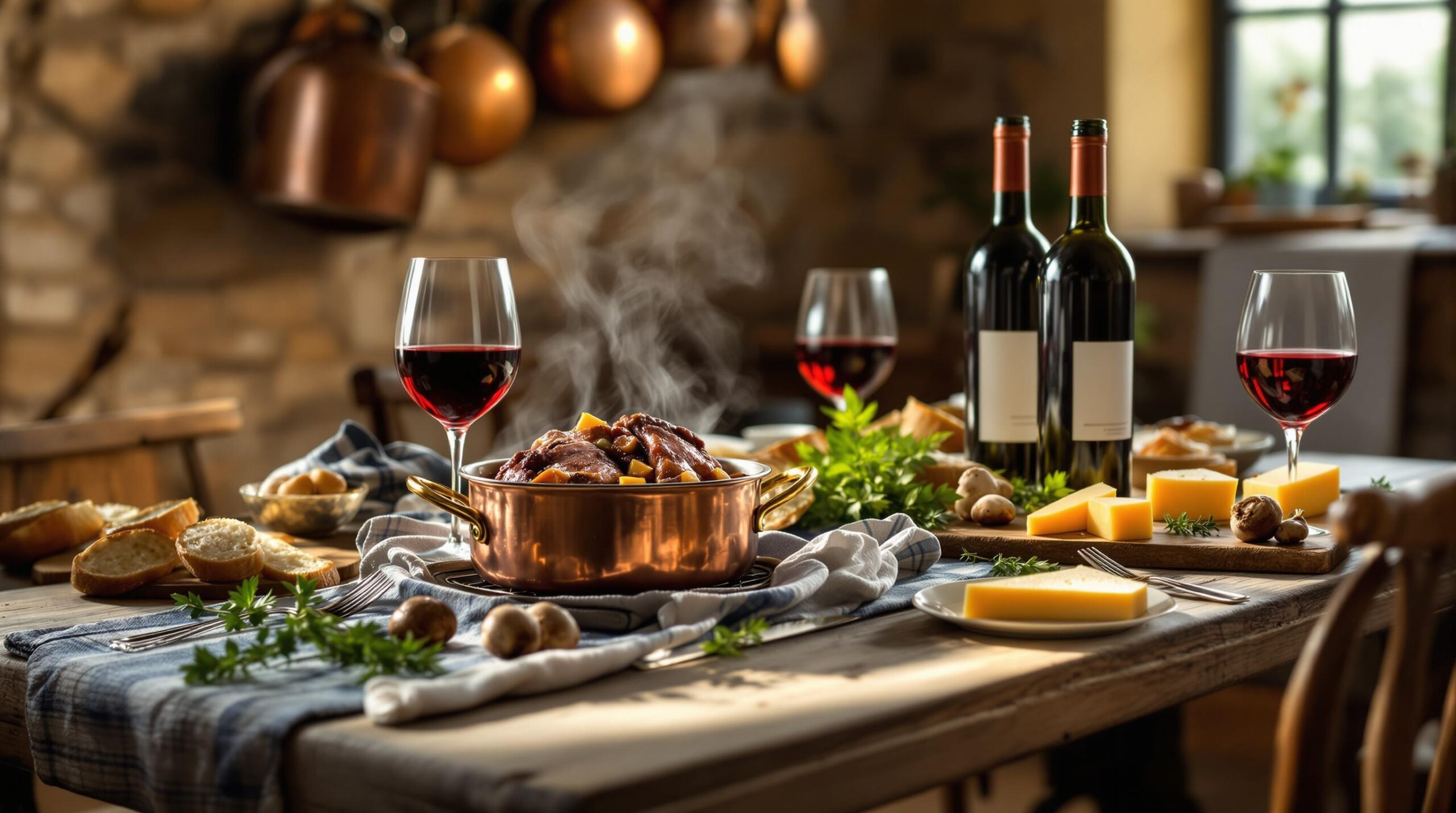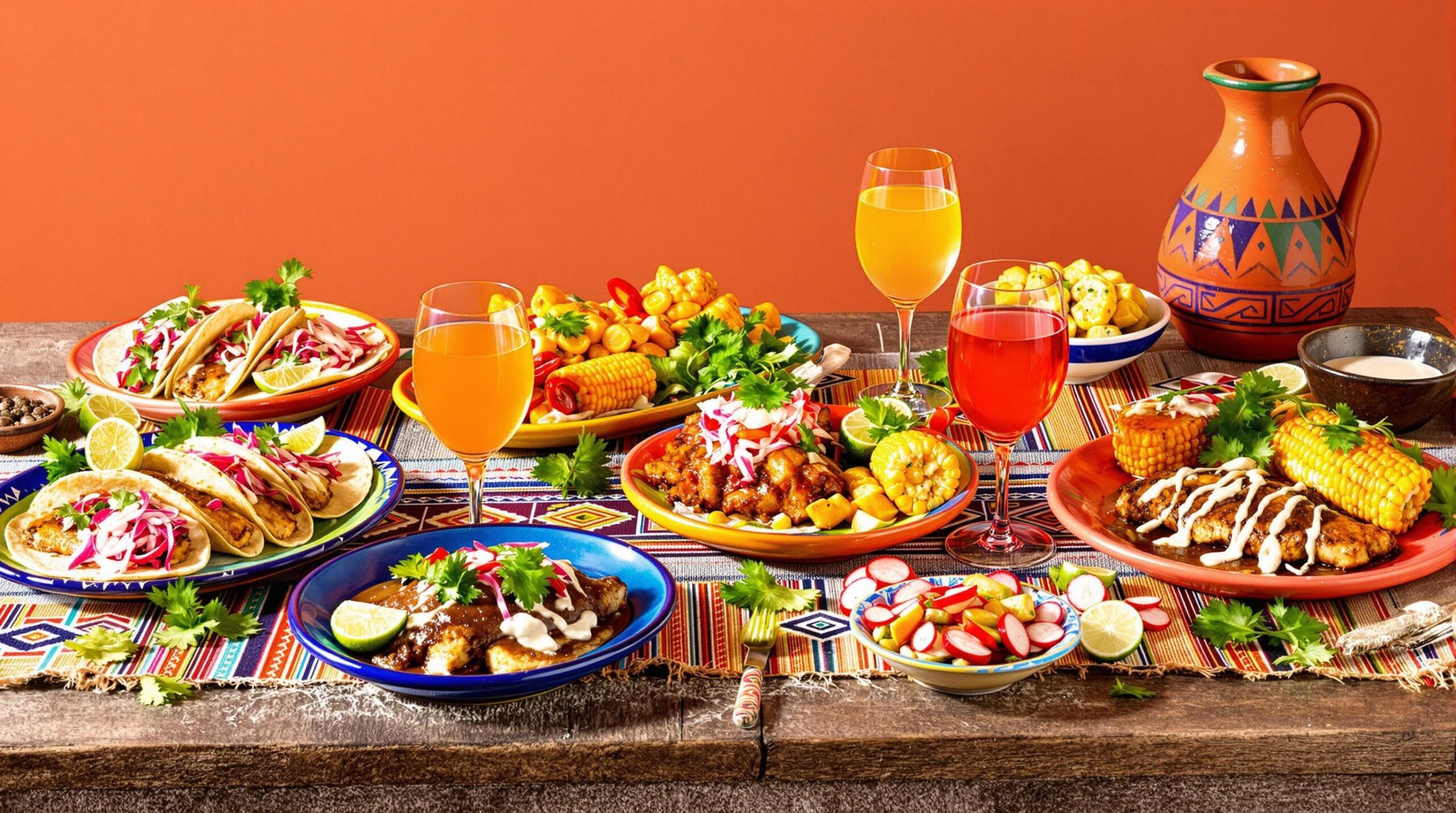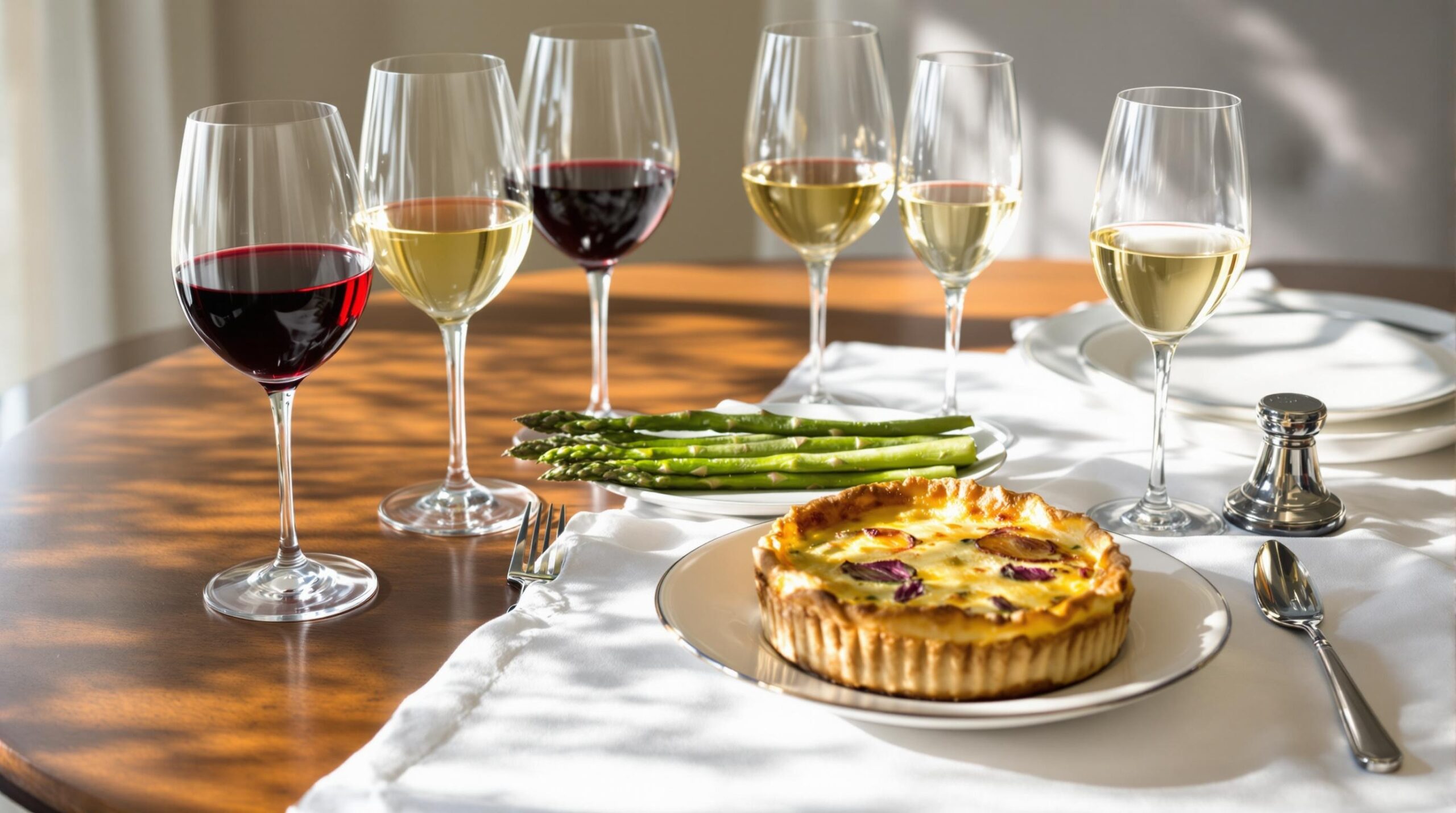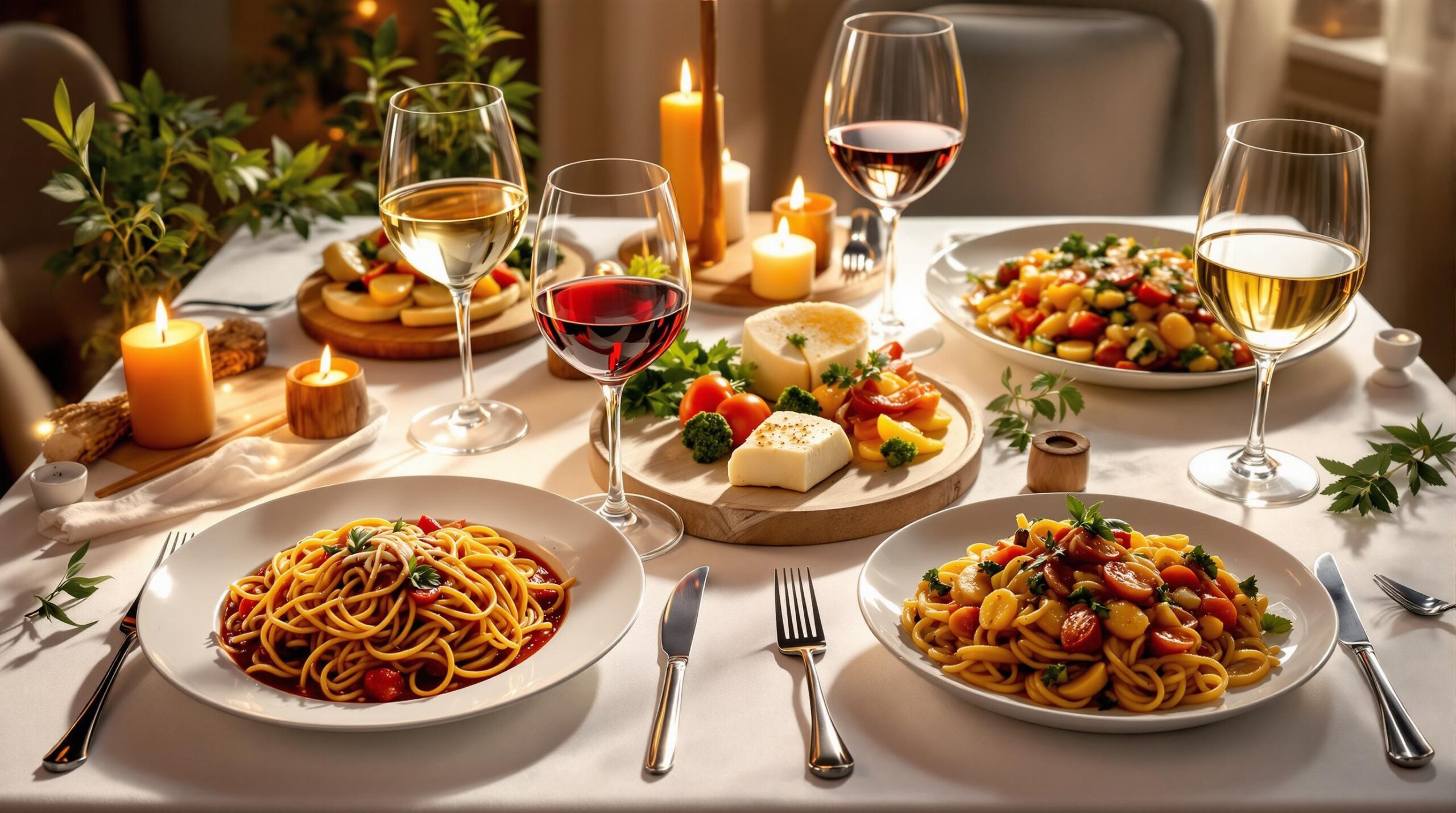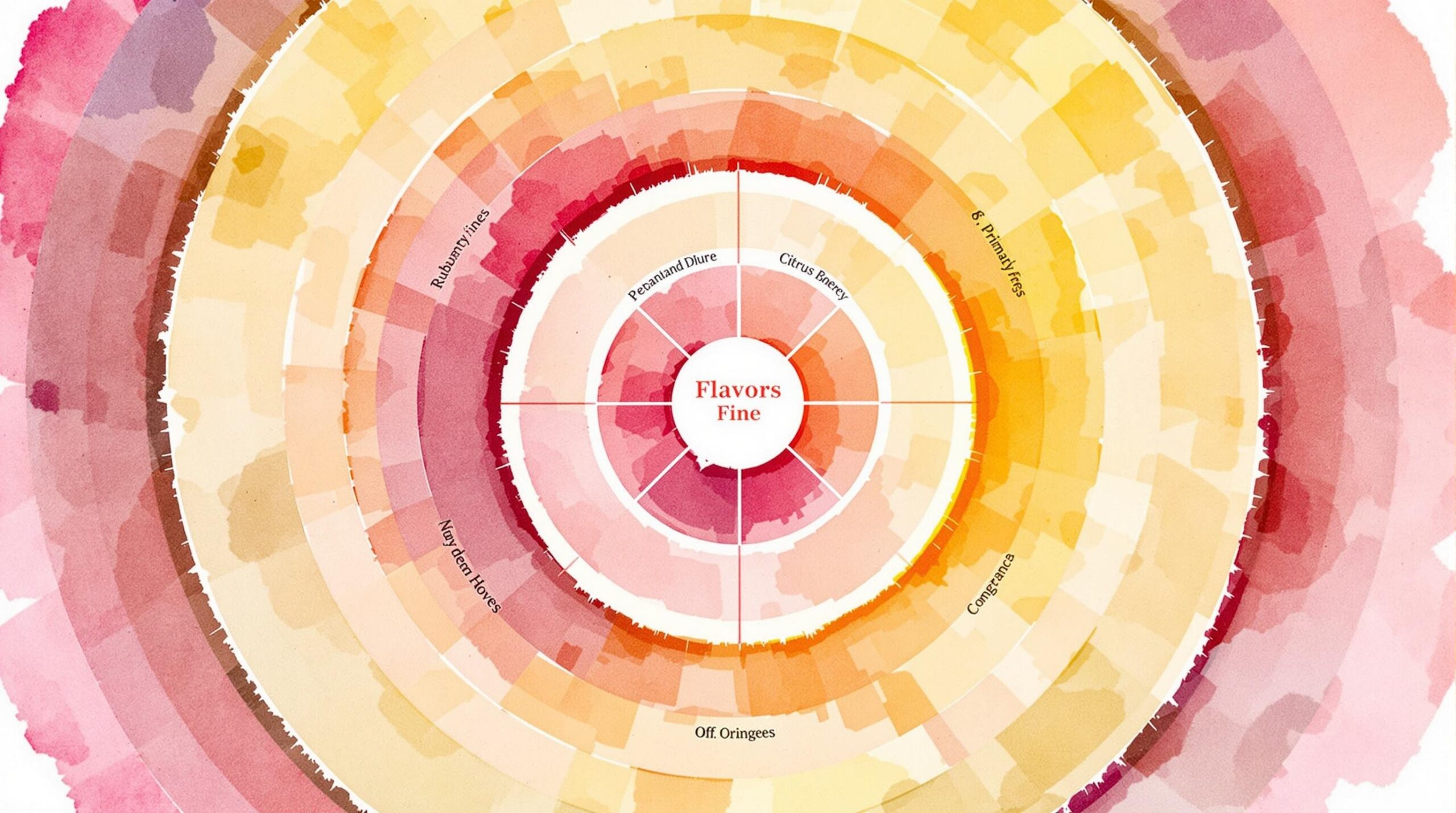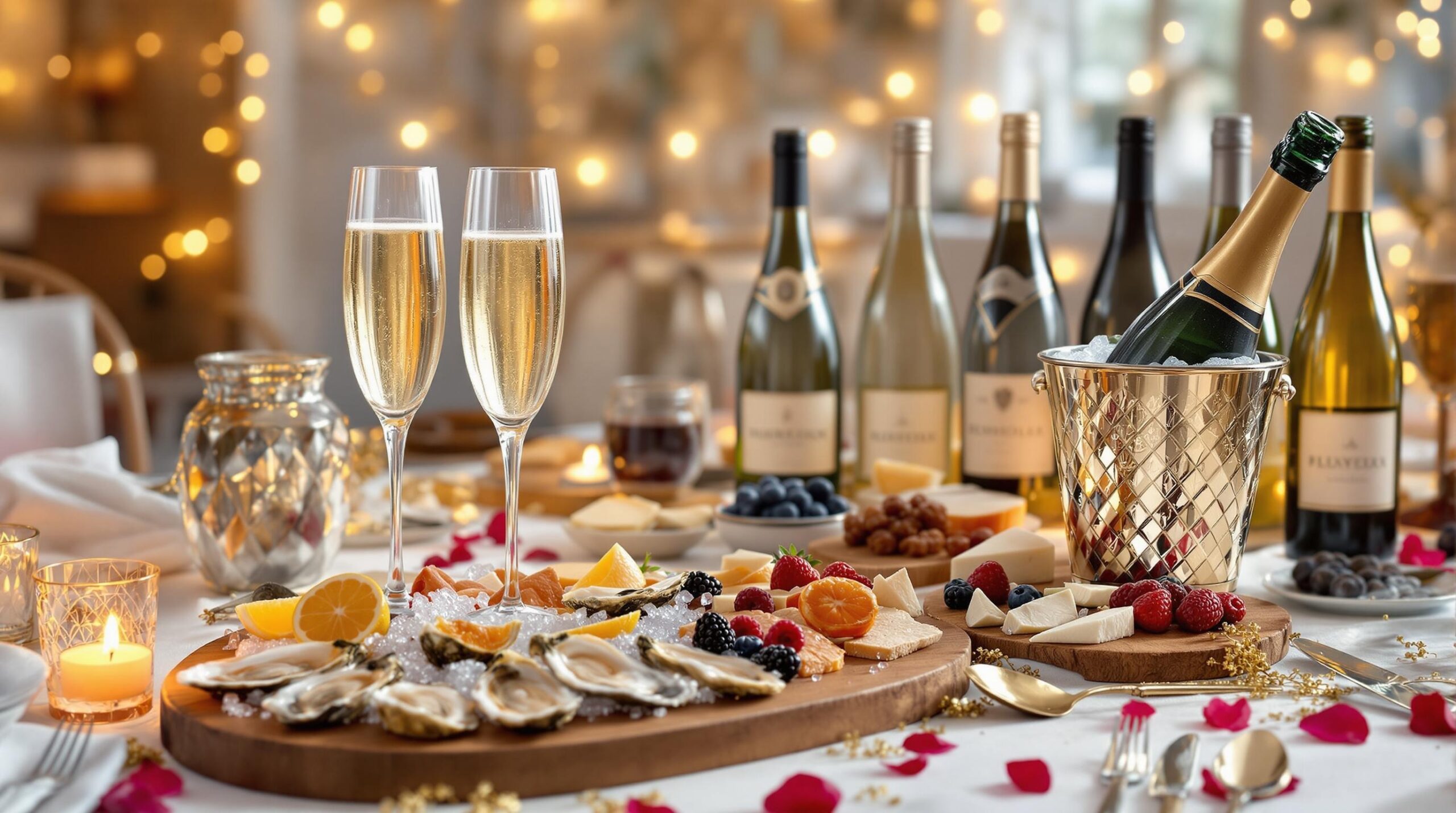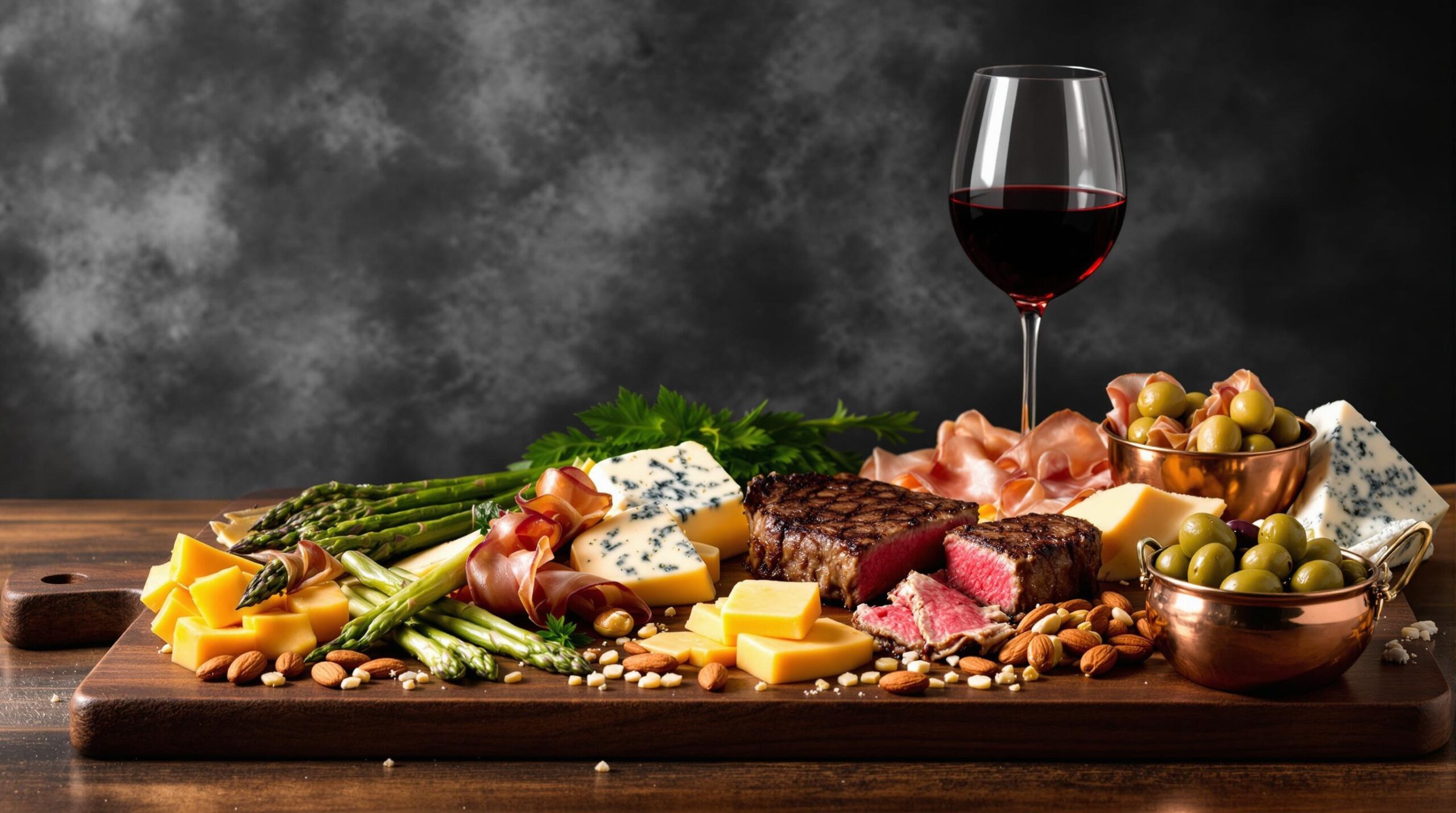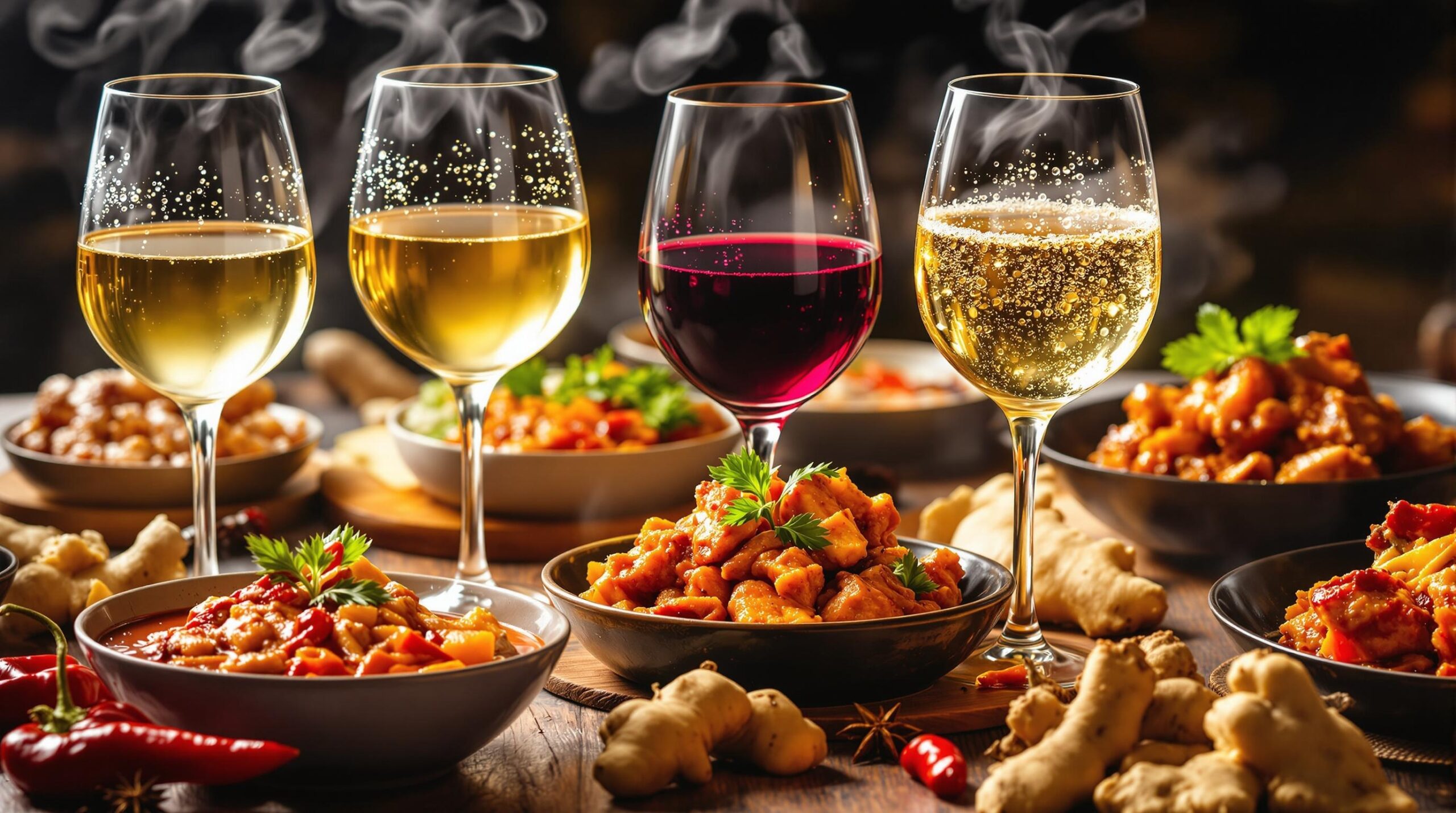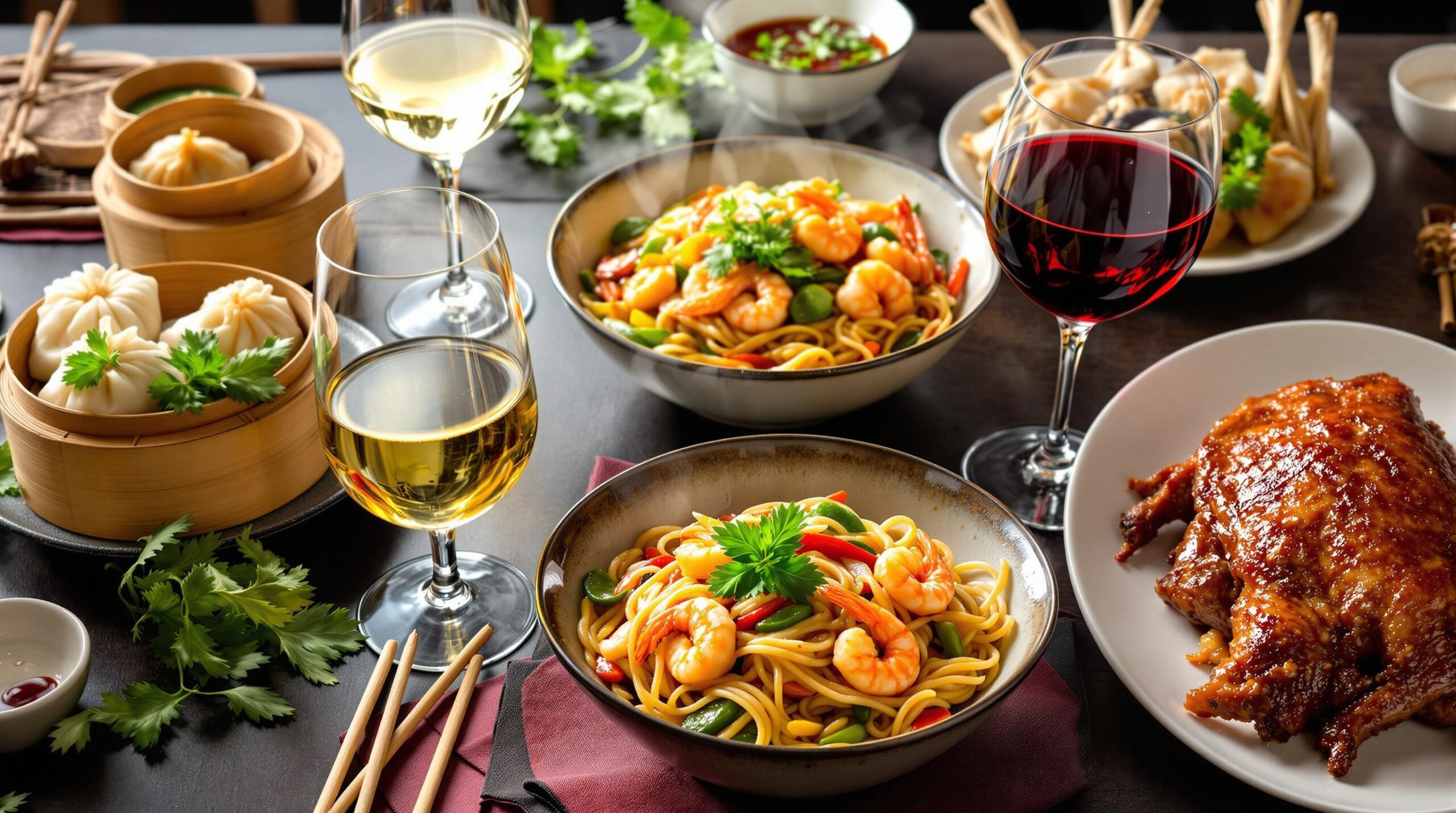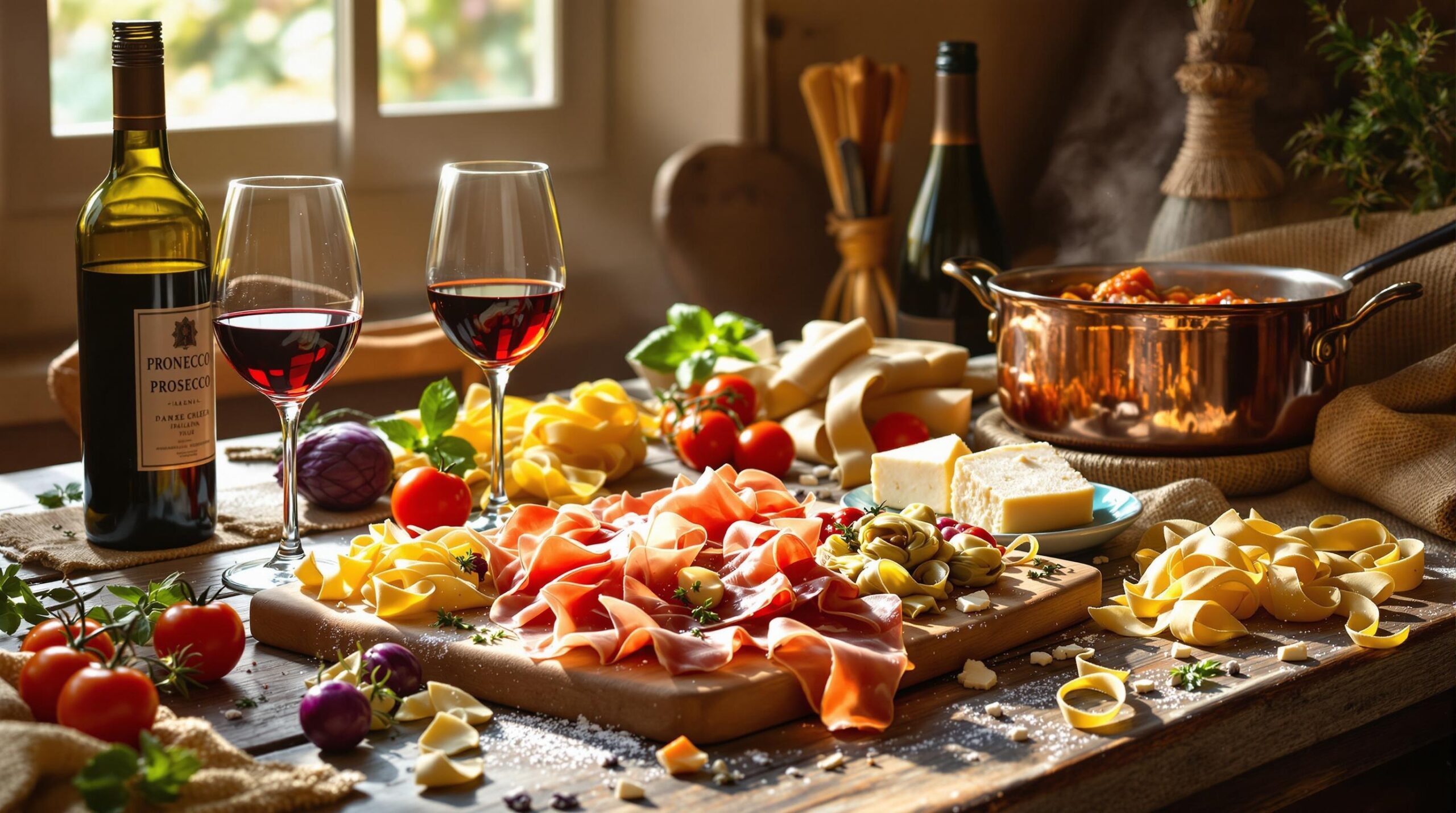Outdoor cooking brings people together while creating unforgettable flavors. This quick guide helps you master the essentials of hosting memorable BBQs and picnics with smart planning tips and food pairing suggestions.
Essential Equipment and Setup
A successful outdoor feast requires the right tools and proper setup. The basics include:
- Grilling equipment: Tongs, spatula, grill brush, temperature gauge
- Food prep items: Cutting boards, knives, serving platters
- Safety items: Fire extinguisher, heat-resistant gloves
- Comfort items: Seating, shade solutions, insect repellent
Food Selection and Timing
Choose dishes that can be prepared in advance to minimize last-minute stress. Consider this timing guide:
| Timing | Tasks |
|---|---|
| 1-2 days before | Marinades, rubs, cold salads |
| Morning of | Fresh cut vegetables, meat prep |
| During event | Grilling, warm sides |
Beverage and Wine Pairings
Match your drinks to both the food and weather conditions. Consider these pairings:
- Grilled red meats: Zinfandel, Malbec
- Grilled chicken/fish: Sauvignon Blanc, Pinot Grigio
- Non-alcoholic options: Sparkling water with citrus, iced tea
Keep wines at proper serving temperatures:
- Reds: Slightly cool (60-65°F)
- Whites: Well-chilled (45-50°F)
Weather Considerations and Guest Comfort
The success of outdoor dining depends heavily on weather preparation and guest comfort. A thoughtful host anticipates various conditions with backup plans and comfort solutions.
- Sun protection: Umbrellas, canopies, natural shade spots
- Temperature control: Fans for summer, portable heaters for cooler weather
- Lighting options: Solar-powered lanterns, string lights, battery-operated candles
- Insect management: Citronella candles, fans, natural repellents
Food Safety and Temperature Control
Proper food handling becomes critical during outdoor events. Follow these temperature guidelines:
| Food Type | Safe Temperature Range | Maximum Time Outside |
|---|---|---|
| Cold items | Below 40°F | 2 hours (1 hour if over 90°F) |
| Hot items | Above 140°F | 2 hours |
Entertainment and Activities
Keep guests engaged while managing cooking responsibilities. Consider these crowd-pleasing elements:
- Interactive stations: Build-your-own bars for drinks, tacos, or desserts
- Lawn games: Bocce, cornhole, croquet
- Music selection: Portable speakers with prepared playlists
- Cooking demos: Simple grilling techniques or cocktail mixing
Smart Hosting Tips for Success
These final touches help ensure a smooth outdoor dining experience:
- Emergency supplies: Extra plates, utensils, napkins
- Food storage: Airtight containers, zip-top bags, aluminum foil
- Clean-up station: Designated areas for trash, recycling, and compost
- Guest comfort items: Blankets, hand sanitizer, bug spray
Remember to maintain a flexible schedule and keep food warm using aluminum foil tents or dedicated warming trays. A successful outdoor feast balances careful planning with relaxed hospitality.
Quick Guide: BBQs and Picnics – Food & Wine Essentials
FAQs About Outdoor Dining
- What foods are safe to leave out during outdoor events?
Keep perishable foods at proper temperatures (below 40°F or above 140°F). Use coolers with ice for cold items and insulated containers for hot foods. Food shouldn’t sit out longer than 2 hours, or 1 hour if temperature exceeds 90°F. - How much food and drink should I plan per person?
Plan for 1-1.5 pounds of food per person. For drinks, calculate 2-3 beverages per person for the first hour, then 1 drink per hour after. - Which wines pair best with grilled foods?
• Grilled red meat: Bold reds like Cabernet Sauvignon or Zinfandel
• Grilled chicken: Light reds like Pinot Noir or white wines like Chardonnay
• Grilled fish: Crisp whites like Sauvignon Blanc or Pinot Grigio - How do I keep bugs away from food?
Use mesh food covers, serve in covered containers, and keep sweet drinks in containers with lids. Consider citronella candles or fans for additional protection. - What’s the best way to transport hot foods?
Use insulated carriers or wrap dishes in foil, then towels. Transport in cardboard boxes to prevent spills. - Which foods should I prep ahead?
Prepare salads, marinades, and cold dishes the night before. Mix drinks and cut garnishes morning-of. Leave grilling for on-site cooking. - How do I maintain food temperature at serving stations?
Use chafing dishes with Sterno for hot foods. Place cold dishes in bowls nested in larger bowls filled with ice. - What essential tools should I bring?
Bring serving utensils, cutting board, knife, bottle opener, paper towels, trash bags, and hand sanitizer. - How do I handle raw meat safely?
Use separate coolers for raw meat and ready-to-eat items. Pack meat in leak-proof containers. Bring a meat thermometer to check doneness. - What are good no-refrigeration-needed options?
Choose fresh fruits, nuts, chips, crackers, dried meats, and sealed snacks.
Quick Tips for Success
- Location setup: Scout shaded areas, check for flat surfaces for food stations
- Serving style: Consider buffet-style service with clear traffic flow
- Timing: Plan food prep timeline backward from serving time
- Weather backup: Have a plan B for unexpected weather changes
Equipment Checklist
| Basic Items | Safety Items |
|---|---|
| • Plates/utensils • Serving tools • Coolers • Trash bags | • First aid kit • Hand sanitizer • Food thermometer • Ice packs |
Food Safety Reminder
Follow the “2-Hour Rule”: Don’t leave perishable food out for more than 2 hours. In hot weather (above 90°F), reduce this time to 1 hour. Use plenty of ice and monitor food temperatures regularly.
